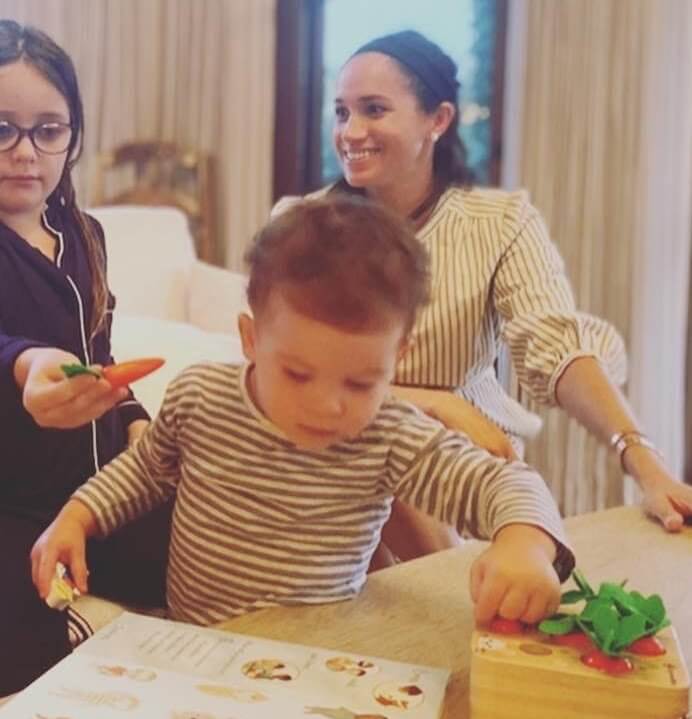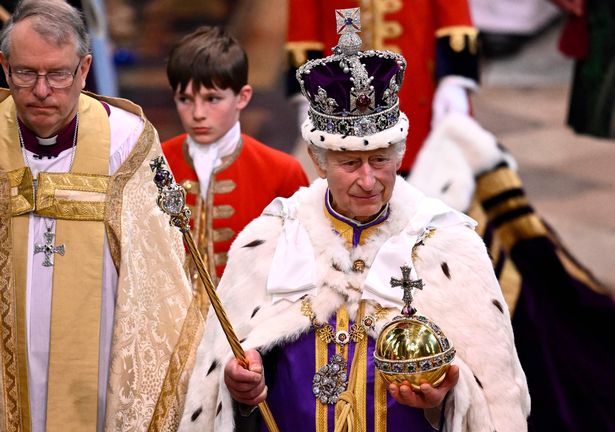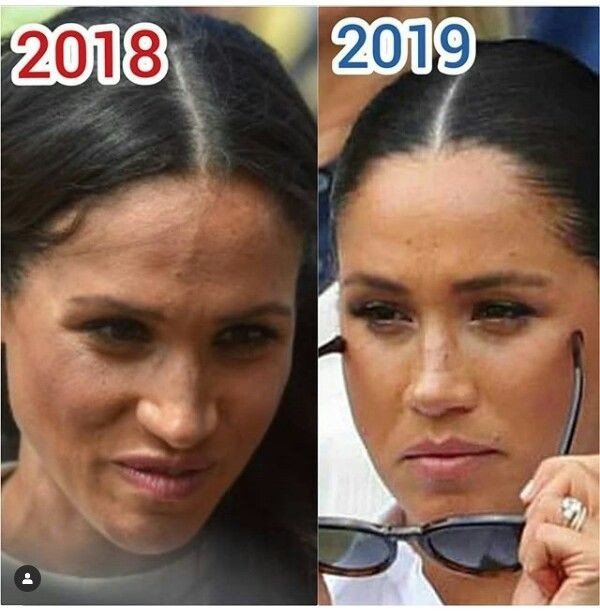U.S. President Donald Trump’s special envoy to Ukraine has suggested that the country could be divided into zones of responsibility, similar to how Berlin was split after World War II.
Trump had urged his envoy to “get moving” on efforts to secure a ceasefire and end the “terrible and senseless war.” On Friday, Steve Witkoff, the U.S. special envoy leading negotiations with Russia, met with President Vladimir Putin in St. Petersburg for four hours.
Neither Moscow nor Witkoff, who later traveled to Oman for talks with Iran, provided details on the meeting, which did not include Ukrainian representatives despite President Volodymyr Zelenskyy’s insistence on Ukraine’s involvement.
Zelenskyy, who has rejected any territorial concessions to Russia, may have been disheartened by remarks made by Trump’s envoy, retired Lt. Gen. Keith Kellogg.
In an interview with The Times of London, Kellogg proposed that Ukraine might be divided in a manner similar to post-WWII Berlin. He suggested that British and French forces could serve as a “reassurance force” in western Ukraine, while Russian troops could remain in the eastern territories they control. The two zones would be separated by Ukrainian forces and a demilitarized zone.
However, Kellogg later clarified his comments on social media, stating that he was referring to a “post-ceasefire resiliency force” supporting Ukraine’s sovereignty, not advocating for the partition of Ukraine. He emphasized that the “zones” referred to areas of responsibility for allied forces, not a formal division of the country.
While Kellogg’s proposal differs from the partition of Germany after WWII, his mention of “zones” could alarm Kyiv, as it might suggest that U.S. negotiations are implicitly recognizing Russia’s control over occupied Ukrainian territories. Ukraine has consistently rejected any peace agreement that would involve ceding land.
Russia’s Foreign Minister Sergey Lavrov declared in March that Moscow would not accept peacekeeping forces from any NATO country.
The idea of territorial concessions has been discussed before. In February, U.S. Defense Secretary Pete Hegseth described it as “unrealistic” to expect a return to Ukraine’s pre-2014 borders, when Russia annexed Crimea and backed separatists in the east. This marks a shift in U.S. policy, with President Biden focusing on a complete Ukrainian victory, while Trump advocates for a swift resolution to the war.
As Witkoff arrived in Russia, Trump posted on Truth Social, urging Russia to “get moving” and drawing attention to the high death toll in the conflict. Meanwhile, on Friday night, Russia launched a large-scale drone attack across Ukraine. Ukrainian officials reported that 56 of 88 drones were shot down, and 24 others were redirected using electronic warfare.
In Kyiv, Mayor Vitali Klitschko confirmed that three people were injured in the drone strikes, while Kharkiv Mayor Ihor Terekhov reported one additional injury in the city’s northeast.












